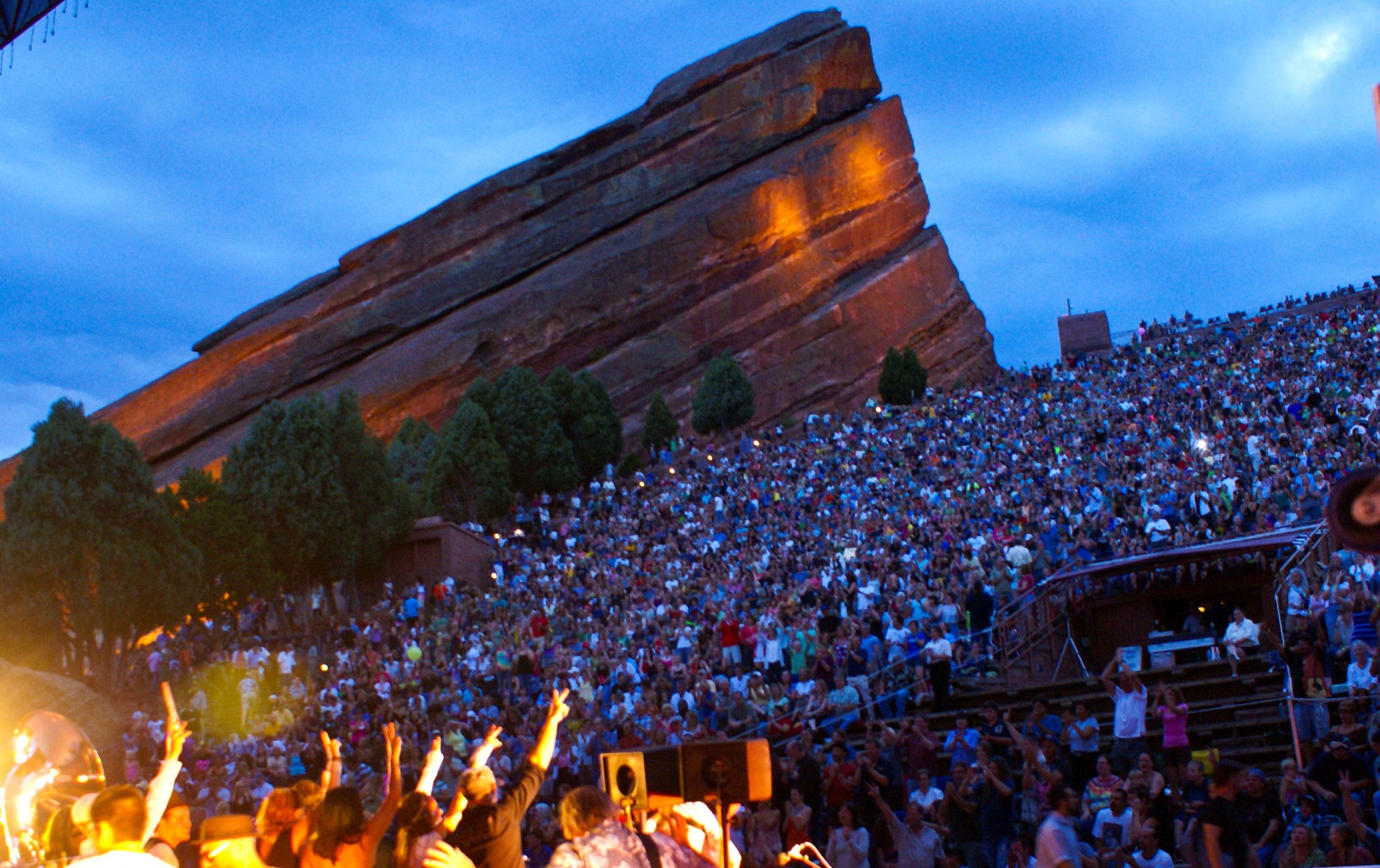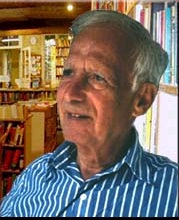Wolfgang Joachim Zuckermann (11 October 1922 – c. 4 November 2018) was a German-born American harpsichord maker and writer. He was known for inventing a highly popular kit for constructing new instruments and wrote an influential book, The Modern Harpsichord. As a social activist, he authored books including The Mews of London and The End of the Road.
He was born in Berlin to Jewish parents in an academic family, and was named Wolfgang after Goethe and Mozart He had an elder brother, Alexander, who later became a city planner and bicycle advocate in Oakland, California, and a younger brother named Michael. At age eight he began studying the cello, an instrument he continued to play in adulthood. The male family members formed a string quartet, with Alexander playing first violin, the father second, Michael viola, and Wolfgang cello.
With the advent of the Nazis in Germany, Zuckermann’s family had to flee the country; they settled in New York in 1938, where Zuckermann’s father ran a leather factory. In the same year Zuckermann became an American citizen and henceforth went by the name “Wallace” (or, in suitable contexts, “Wally”). He saw front line action as a private with the U.S. Army and followed this by obtaining a B.A. in English and psychology (1949)] from Queens College, New York, winning the title of Queens College Scholar, the highest honor conferred upon graduates at that institution. He continued for a time studying psychology at the graduate level.
Zuckermann was employed for a time as “a sort of child psychologist”, an occupation he soon gave up. He later noted wryly:
I have always thought mechanical things were easier to manage than living things (like children) because your own skill or ability was the principal element you had to contend with. If “things went wrong” it wasn’t in spite of the fact that you always gave your harpsichord your best (which you yourself never had), that you sent it to Sunday School and gave it riding and French lessons, and put it to bed before 11 nightly.
Following this preference, Zuckermann “went to a trade school to learn piano mechanics and tuning and soon set myself up buying, repairing and selling old pianos.” His amateur musical activities included Baroque chamber music, and the combination of his vocation and avocation soon led to an interest in harpsichords. He built his first instrument in 1955.
As a builder, Zuckermann was self-taught. He describes how he sought information: “Dropping in on Frank Hubbard in Boston (one of three American harpsichord makers) as a complete stranger, I was given a guided tour of his workshop on a Sunday morning after getting him out of bed. (I must say, he is as close to a saint as I’ve ever met.) The Metropolitan Museum opened its basement for me, and other collections were kind and cooperative.” With this informal background Zuckermann succeeded in building his first harpsichord, which was rather similar in form to the kit instrument he started selling a number of years later.
The time was propitious for a new maker. Musical tastes were evolving, with a revived interest in Baroque music and historically informed performance. The newly-perfected long playing record made possible the widespread distribution of high-quality recordings of Baroque works. Moreover, there were very few makers producing harpsichords in America. Thus Zuckermann found that there was high demand for his instruments and he soon had established a new business as a harpsichord builder. By 1960, he had sold “seventy or eighty instruments”.
By this point, Zuckermann had become frustrated by the amount of time he spent on service calls, and became concerned that maintenance would soon consume all of his available time. He conceived the idea that if his customers were to build their instruments themselves from a kit, they would then be self-sufficient with regard to maintenance. He first tested the idea on friends:
I gave a few of my friends all the raw parts necessary to make a harpsichord and some rudimentary directions. These were people who wanted an instrument but couldn’t afford one, and they seized on this chance. Even the less mechanical ones were thrilled with the prospect and their sheer will to possess such an instrument made them better craftsmen than experienced cabinet makers.
Implemented commercially in 1960, the kit idea proved an extraordinary success; the “do-it-yourself” harpsichord kit, sometimes called the ‘Model T’ harpsichord, was sold in large quantities (over 10,000 by 1969) to institutions, professionals, and individuals around the world. Harpsichord scholar Edward Kottick writes, “Wolfgang Zuckermann never intended to become a phenomenon; he only hoped to satisfy a demand for harpsichords he himself could not accommodate. Nevertheless, his harpsichord kit spawned a unique movement whose heyday lasted for twenty years and helped fuel the instrument’s revival. Some of today’s finest builders got their start with a Zuckermann slantside kit.”
Initially the wooden pieces for the case, along with some other commonly available parts, were not included, so the price was set at a most economical $150. Little by little, the Zuckermann kit became more elaborate and complete. By the mid 1960s unassembled cases consisting of carefully cut unfinished wood of various kinds could be purchased optionally. Other instrument kits were also made available, including a spinet harpsichord (1966) and a clavichord.
> > > > > > > > >
In June 1994 he became founder and owner-manager of Shakespeare, an English-language bookstore and arts center in Avignon, named after a famous earlier “Shakespeare” bookstore run in Paris in the early 20th century by Sylvia Beach (Beach was the first publisher of James Joyce’s oft-censored novel Ulysses.)
Zuckermann and Britton described the store as “a bookstore and arts center … which resolutely refuses the separation of ‘culture’ from the issues of technology, society and personal responsibility.” A 2008 visitor described the store thus, “A small but well stocked hideaway just inside the medieval city walls near Porte St Lazare, the shop is infused with the character of its owner. Customers whisper and books are taken from the shelves with reverence, as the dignified, silver-haired Wolfgang Zuckermann presides in benign tranquillity. Even in the café (where Mr Zuckermann will rustle you up a surprising – and surprisingly good – English cream tea with home-made scones) the only sounds are quiet chewing, tinkling china, pages turning and murmurs of literary conversation.”
Zuckermann retired from running the bookstore in 2012; it still exists under other ownership. A Facebook posting from January 2017 reported him to be alive and well, indeed “feisty”, in his 95th year. He died in late 2018 in Avignon, France.
# # #
In response to an article in the New York Times (1996) describing the “McTheory” that no two countries with McDonald’s restaurants had ever gone to war with one another, he penned a letter to the editor saying, ” I used to consider myself a pacifist, but after reading Mr. Friedman’s McTheory … I can’t help wishing that such countries would declare war against each other — and target their missiles exclusively on each other’s McDonald’s. That way there would be one less, instead of one more, McDonald’s every three hours.”
Read the whole bio at… very interesting!
https://en.wikipedia.org/wiki/Wolfgang_Zuckermann


